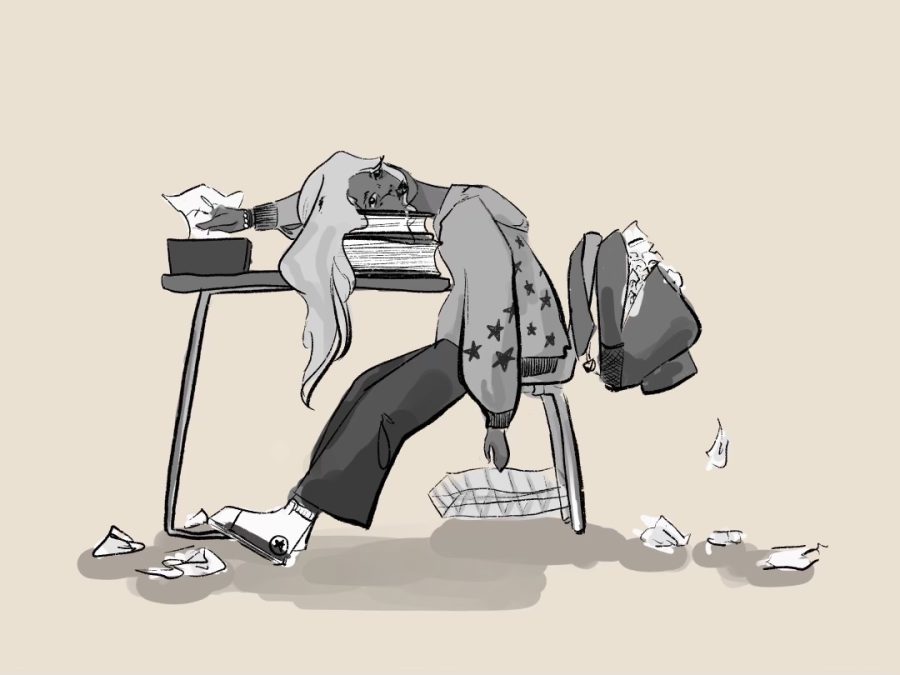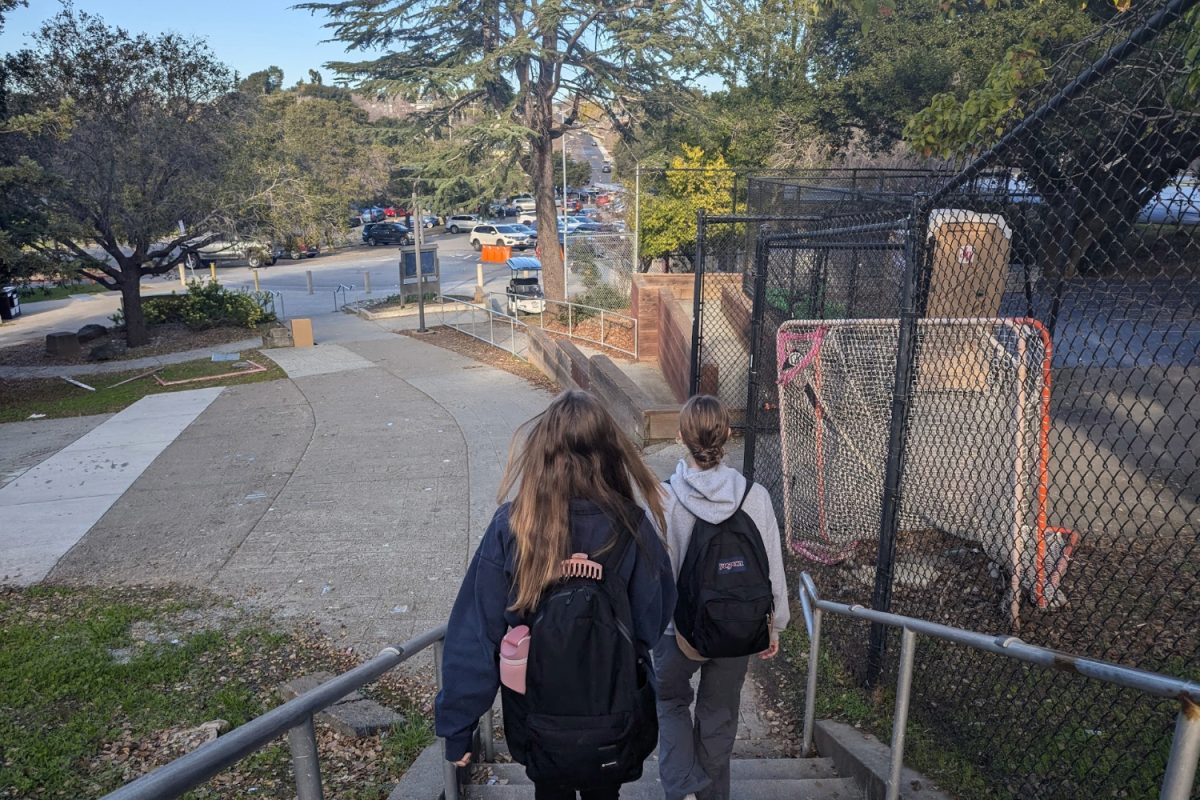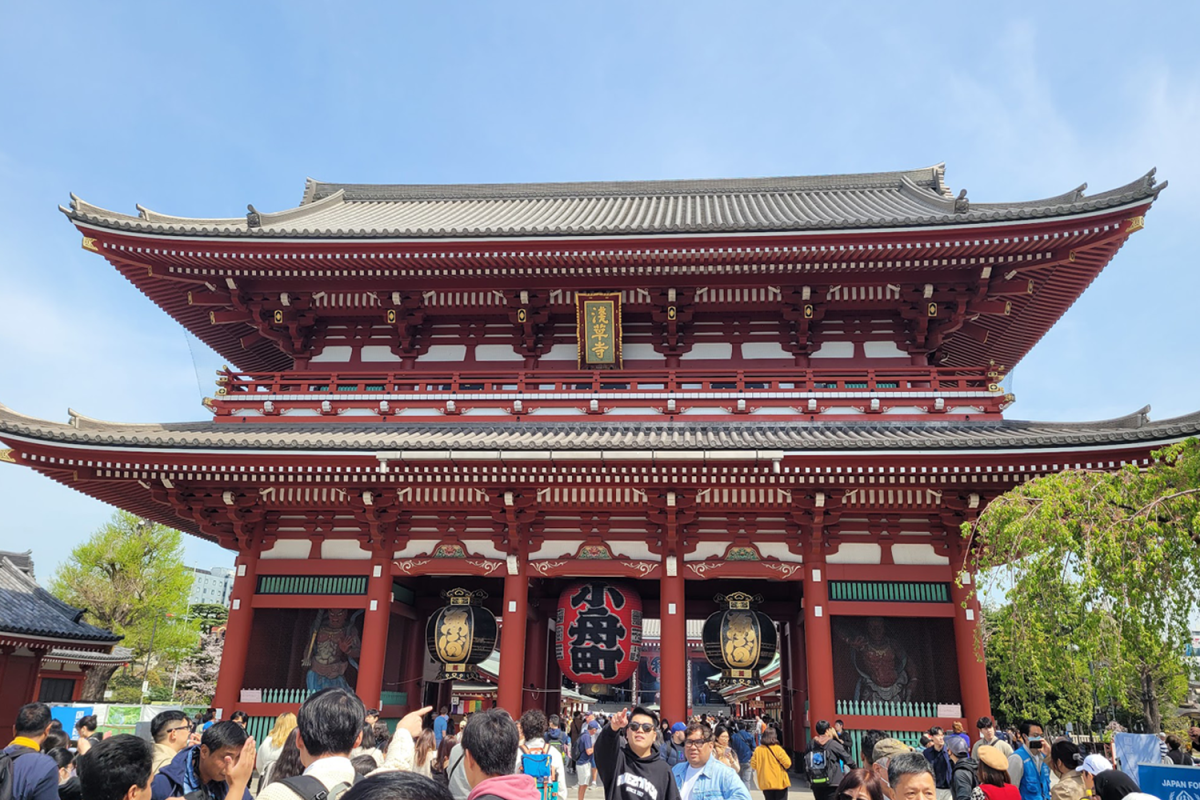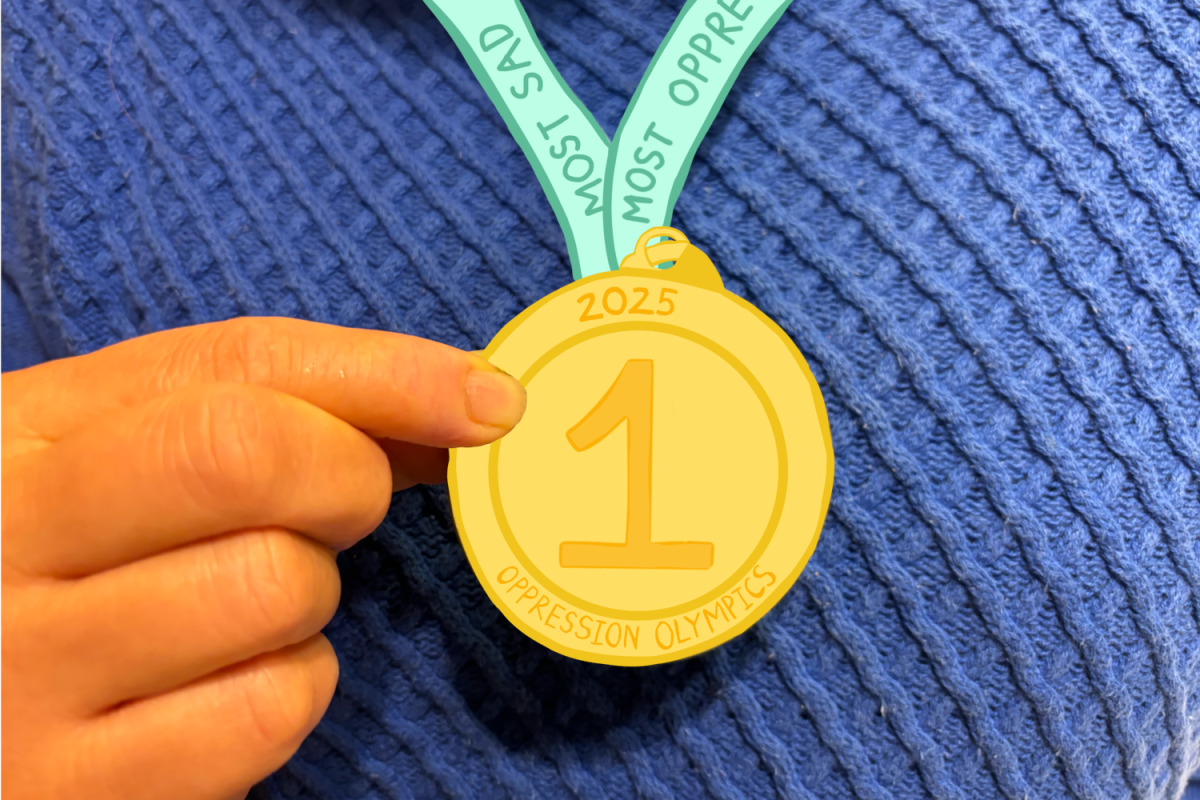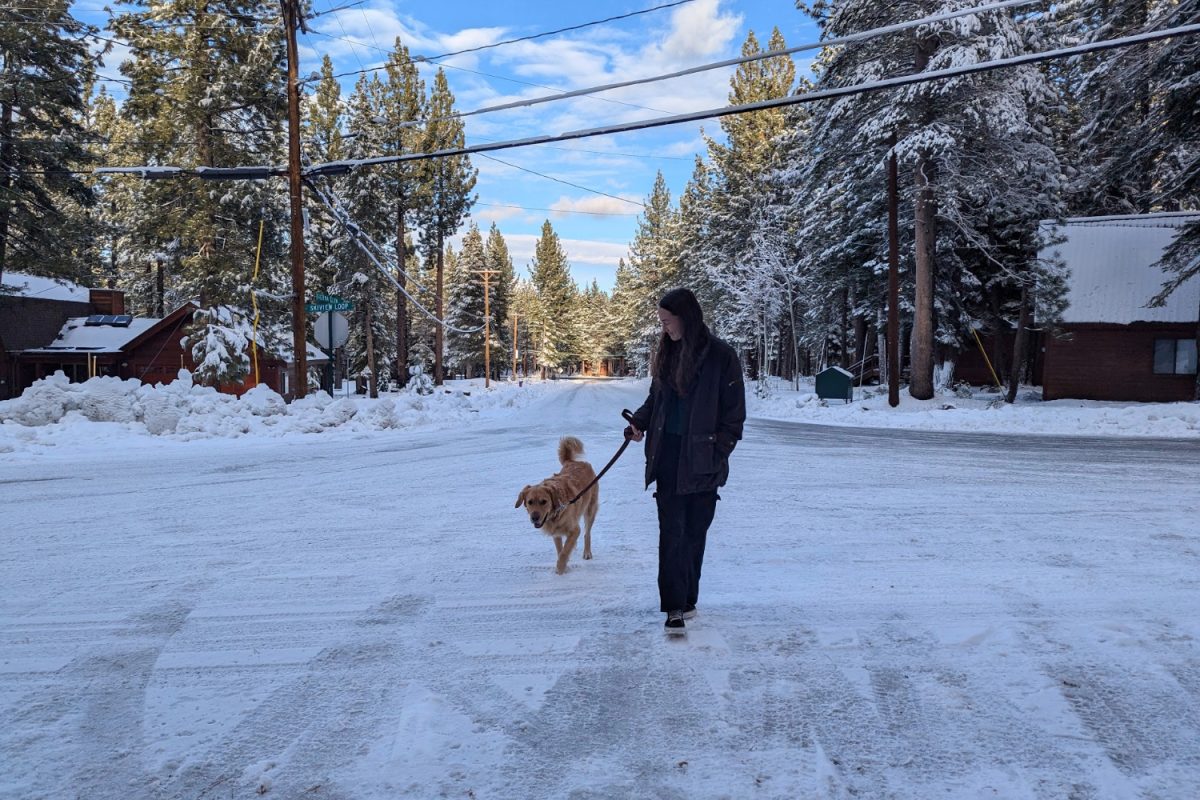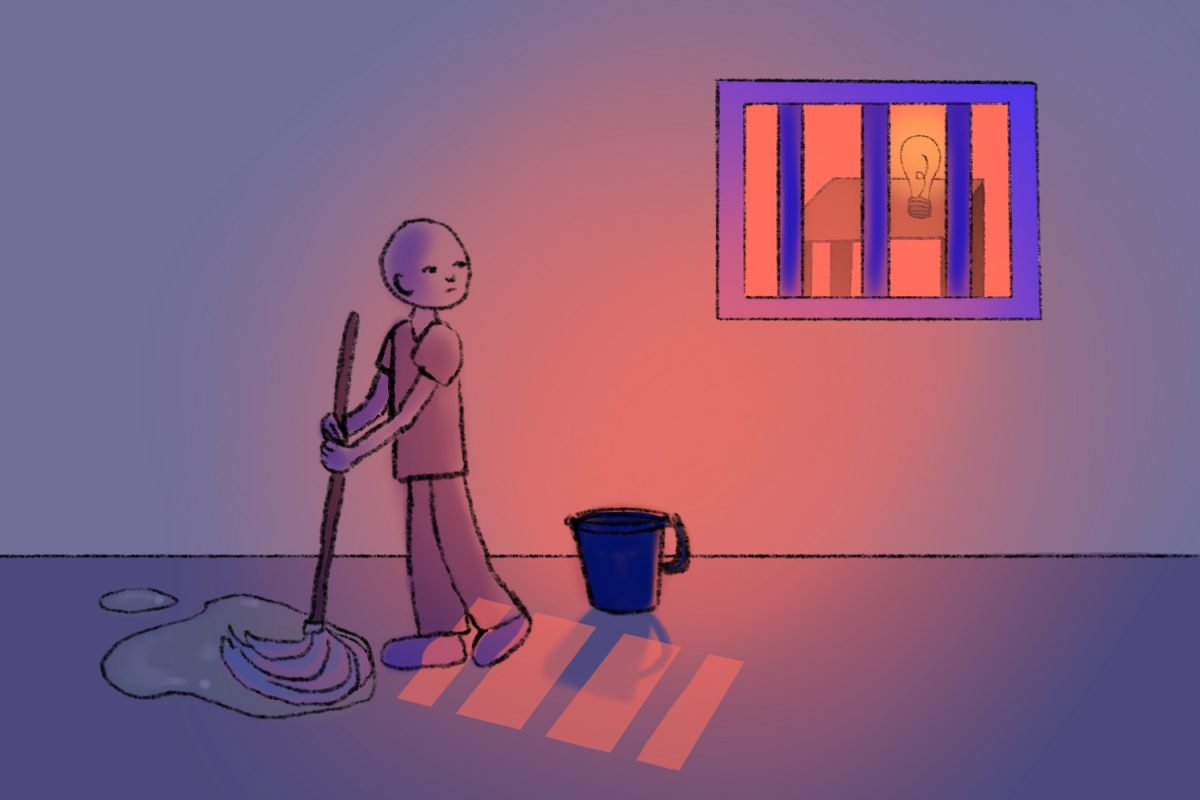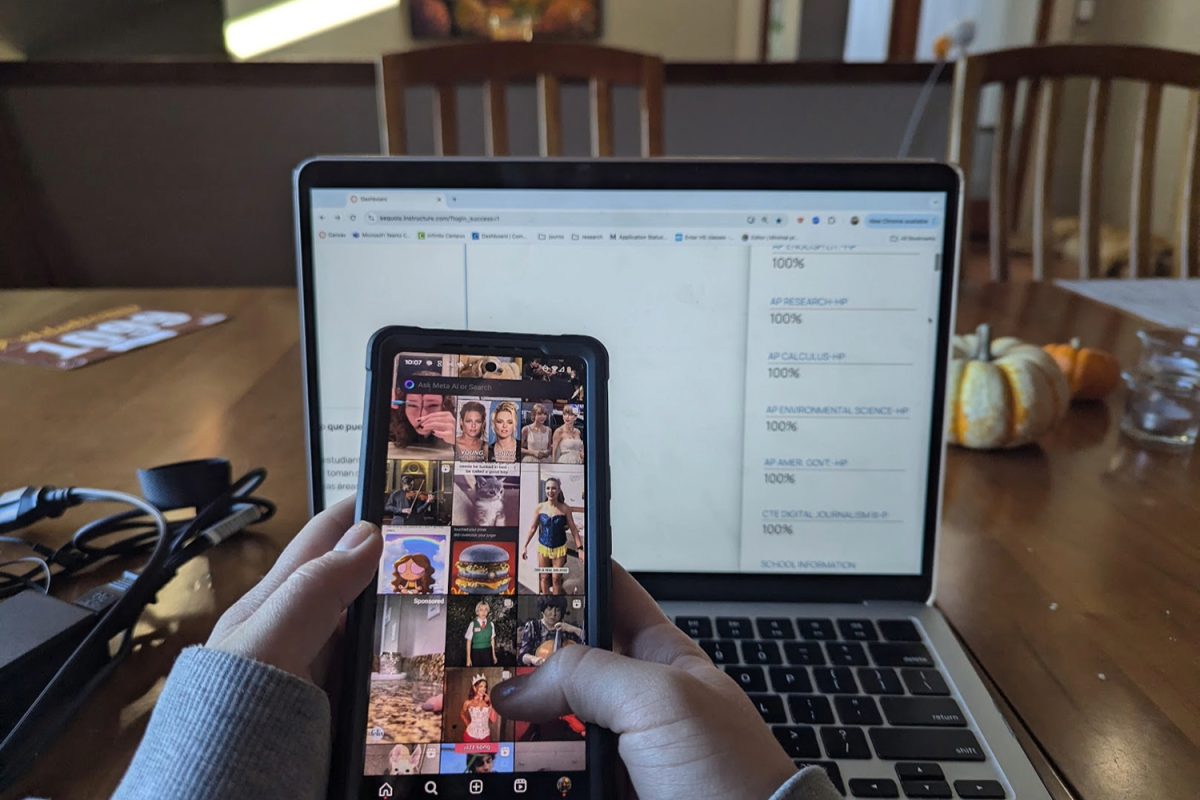The return to school after missing a few days due to illness can feel like an ice bucket being poured on your head. You are slammed back into reality with classwork, homework, and other activities to catch up on.
As a result, many students opt to go to school sick.
But I don’t blame them because school has made it feel like a punishment if you miss class.
According to Carlmont’s attendance policy, the school does not “expect you to attend class if you are feeling ill.” This is an excellent policy in theory but doesn’t work in practice.
If students miss school, they are still expected to work while they are absent. While logical in some instances, this expectation is unfair when students are sick because they need time to rest and recover. Currently, most students feel pressured to miss as few days as possible.
When students come to school sick, they risk others’ health. After the pandemic, many students have become aware of how easily illnesses can spread, so they may wear a mask when sick, but why should they even be at school when they are not feeling well?
According to Healthline, “sending your child back too soon can delay their recovery and make other children in the school more susceptible to the virus.”
Unfortunately, school is not the only place that incentivizes showing up instead of taking a sick day. American society seems to value work above family, hobbies, and health. According to Statista, about one-third of U.S. workers who received paid sick days did not take any in a year.
Why?
As mentioned, work can pile up, and students, like employees, don’t have measures in place to help them deal with the workload.
One Carlmont late work policy says that the number of days you are gone is the number of days you have to make up the work. Although this concept might seem fair at first, it is actually very challenging to have double the work to do for all of your classes while recovering from an illness.
The solution?
There should be a district policy that all teachers allow their students to turn in late work up to double the number of days they were absent. If they are gone for two days, they should have four days to turn in their work. If they are absent for a week, they should have two weeks. This may seem like a lot of time, but it can make time management for all the extra work easier and help students recover faster from illness.
In fact, Alameda High School has already implemented this helpful makeup policy.
“No student shall lose academic credit for any excused absence when missed assignments and tests are satisfactorily completed within a reasonable period. A reasonable period shall be defined as at least two school days per day of excused absence,” their Board Policy Manual states.
It is important to consider that extending the time students have to complete missed work burdens teachers with the task of keeping track of these students. However, this additional work on the teacher’s part is preferable to them contracting an illness from a student who decided to attend school sick.
Offering students more time to make up work would encourage them to stay home when sick, aiding their wellness and that of their teachers.
The Centers for Disease Control and Prevention agrees. Their guidance to “support safe in-person learning” recommends schools “provide excused absences for students who are sick, avoid policies that incentivize coming to school while sick, and support children who are learning at home if they are sick.”
Thus, ensuring students have a reasonable time frame to complete missed work is a necessary and urgent change.

